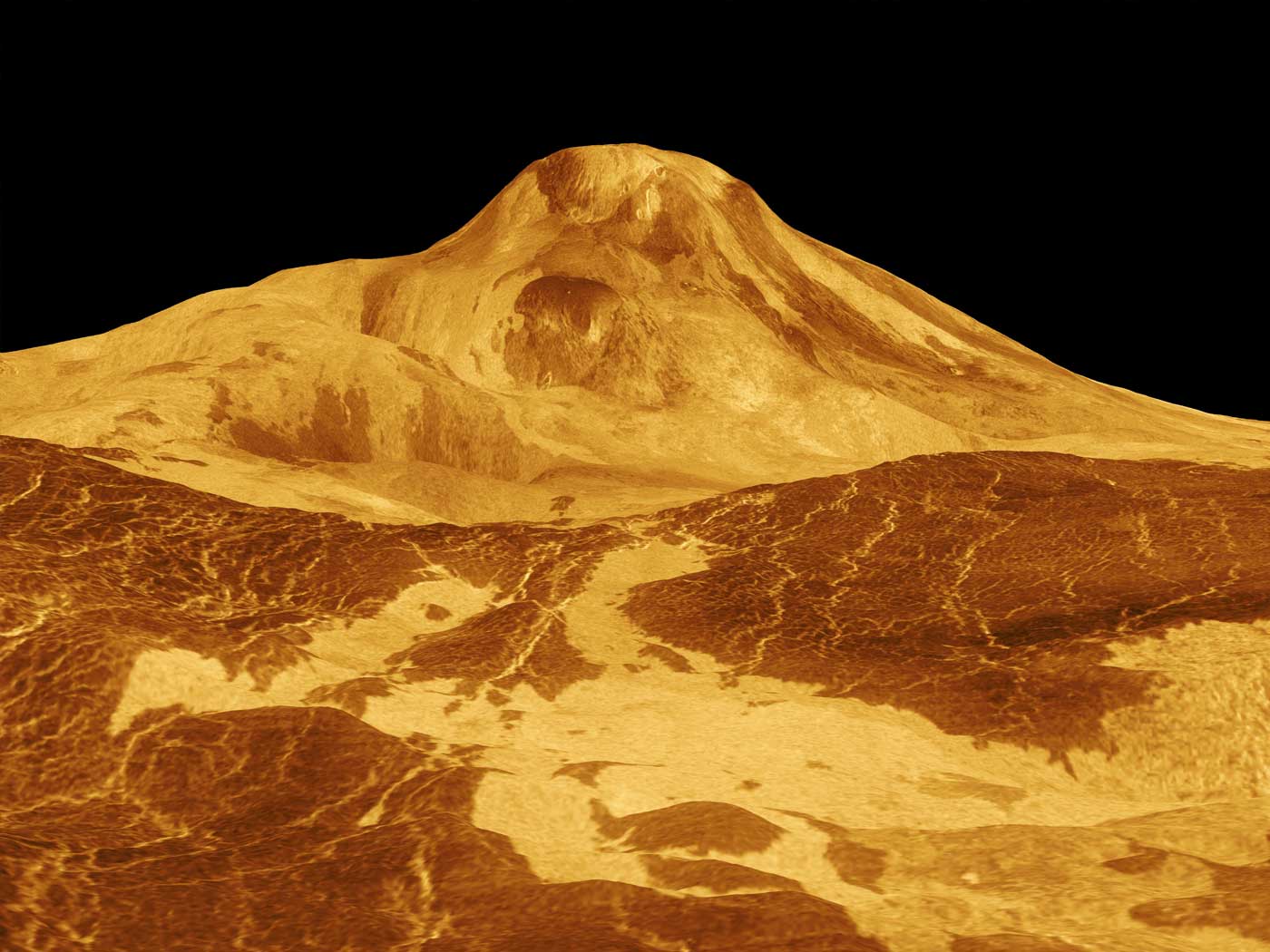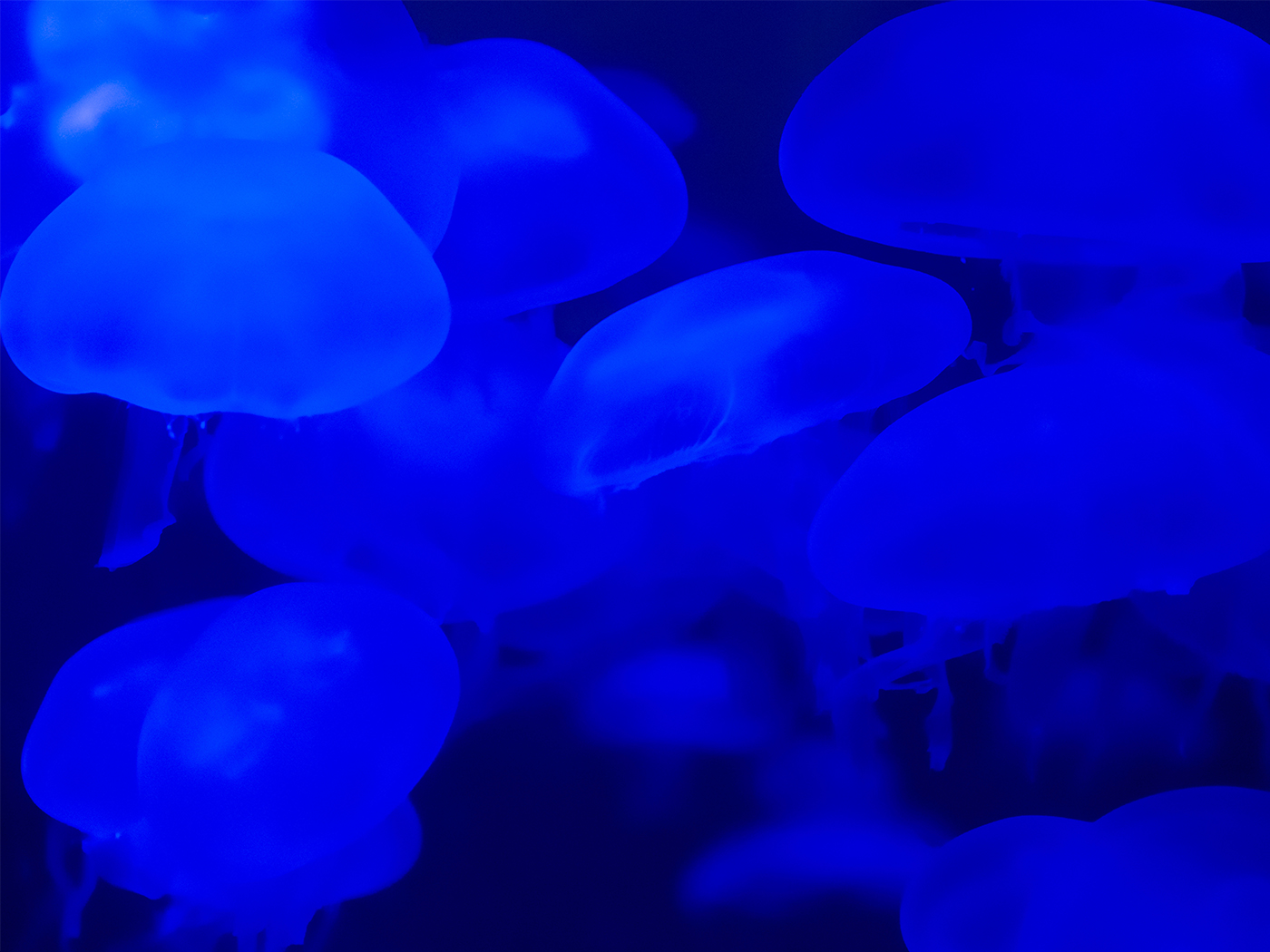Greenland canyon is as deep as Grand Canyon and is about 450 miles long.2 It is too old to be a result of the Ice Age, so the mystery of how it could have formed has baffled uniformitarian geologists.
Benjamin Keisling, a geologist at Columbia University’s Lamont-Doherty Earth Observatory, and his colleagues have recently proposed a new flooding mechanism to explain the origin of the canyon.1 Noting the enormity of this canyon, Keisling said, “The Grand Canyon is something you can stand on the edge and see. The Greenland canyon we only know about through radar that can see through three kilometers of solid ice.”2
The team of geologists, led by Keisling, recognized that the Greenland canyon was not formed by the scouring of the current ice sheet, but was older, going back to the Pliocene just before the so-called Ice Age began.1 The authors of the paper, publishing in the journal Geology, wrote,
The Greenland ice sheet (GrIS) covers a complex network of canyons thought to be preglacial and fluvial in origin, implying that these features have influenced the ice sheet since its inception.1
Their solution for the origin of the canyon was to use catastrophic waterflow instead. Isaac Schultz explained,
Keisling’s team proposes that in times of rapid thawing, water may have collected in the depressed bedrock, and then broken through ice dams in diluvian outbursts, scouring the land with immense pressure.2
The science team concluded,
Here, we present numerical model simulations of early GrIS [Greenland ice sheet] history and show that interactions among climate, the growing ice sheet, and preexisting topography may have contributed to the excavation of the canyon via repeated catastrophic outburst floods.1
There are now at least three major canyons carved into the land surface in North America, Greenland, and Antarctica. Recall, we recently reported on the discovery of the massive Denman Canyon in Antarctica earlier this year.3 Denman Canyon is 62 miles long and twice as deep as Grand Canyon.3
Massive canyons are a global phenomenon. Common global features require a common global explanation. And the receding phase of the Flood provides us with the perfect conditions to carve large canyons. The sheer volume of water that had to drain off the continents provides the water necessary to rapidly carve these canyons in a matter of weeks or a few months. These canyons didn’t need a lot of time, just sufficient volumes of floodwaters.
All of these major canyons we see today are reminders of the immense power of the Flood’s waters. Even their recession left the fingerprints of “grand” canyons as a witness to God’s global judgment by water as recorded in the book of Genesis.4
God truly left the evidence Carved in Stone.5
Stage image: A northern Greenland glacier as seen by NASA's P-3B aircraft on May 3, 2012.
Stage image credit: Michael Studinger/NASA. Copyright © 2020. Adapted for use in accordance with federal copyright (fair use doctrine) law. Usage by ICR does not imply endorsement of copyright holders.
References
1. Keisling, B. et al. Pliocene–Pleistocene megafloods as a mechanism for Greenlandic megacanyon formation. GeoScienceWorld. Posted geoscienceworld.org April 29, 2020, accessed May 26, 2020.
2. Schultz, I. Greenland Has a Grand Canyon Beneath Its Ice, Carved by Ancient Floods. Atlas Obscura. Posted on atlasobscura.com May 1, 2020, accessed May 26, 2020.
3. Clarey, T. Unfounded Fears Arise from Deep Canyon. Creation Science Update. Posted on ICR.org March 31, 2020, accessed May 26, 2020.
4. Clarey, T. 2018. Grand Canyon Carved by Flood Runoff. Acts & Facts. 47 (12).
5. Clarey, T. 2020. Carved in Stone. Dallas, TX: Institute for Creation Research.
*Dr. Clarey is Research Associate at the Institute for Creation Research and earned his doctorate in geology from Western Michigan University.




































